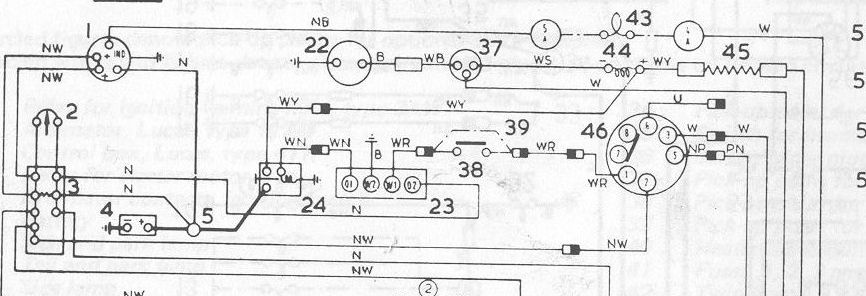classicalgreen
Active Member
swapping my dizzy for a new powerspark electronic and coil unit. failed to take pics before starting. coil connection(s) seem all wrong .get no spark when cranking. checking handbook and powerspark web page faqs seem to indicate only 2 wires needed . one to + on coil and from coil to neg earth .. powerspark web page wasn't straight forward as it mention a live feed to coil form ignition and a 'black' lead to earth.
have several leads black /white striped etc .
has anybody an image of standard coil and wires ? wiring diagram for idiots .. want to get coil firing at a plug to start with before worrying about rev counter etc .
hard to decipher colours on loom /connections as 40 years old have faded etc . given up as too cold to work on it at moment ( snow outside) not getting anywhere.
have several leads black /white striped etc .
has anybody an image of standard coil and wires ? wiring diagram for idiots .. want to get coil firing at a plug to start with before worrying about rev counter etc .
hard to decipher colours on loom /connections as 40 years old have faded etc . given up as too cold to work on it at moment ( snow outside) not getting anywhere.


